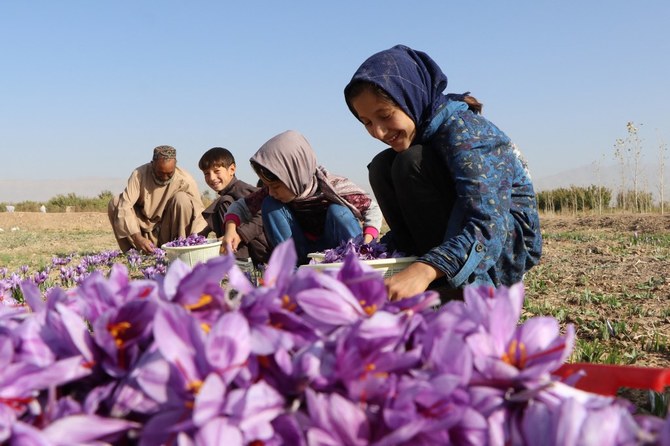23 Aug,25
Most Searched Keywords
16 Aug
Factors Behind the Growth of Saffron Production in Afghanistan and Its Better Development
by Kamran Noori

In Afghanistan, saffron production has seen remarkable growth in recent years. According to information from the Ministry of Agriculture, this year’s harvest has increased compared to last year. This growth is mainly attributed to factors such as higher rainfall, the adoption of modern farming techniques, and the distribution of new saffron bulbs to farmers. Herat province, which produces nearly 90 percent of the country’s saffron, remains the core hub of this progress.
Saffron cultivation not only brings significant economic benefits for farmers but also holds a unique place as one of Afghanistan’s most important export products in global markets. However, several challenges still remain. These include limited access to international markets, a lack of efficient transportation services, and the reduced presence of international organizations and companies that once supported the industry. To overcome these challenges, it is essential for the current authorities to design and implement long-term programs for the sustainable development of the saffron sector.
The most urgent step is to establish a comprehensive national program for the production, processing, and export of saffron to global markets. Furthermore, Afghanistan must focus on creating a recognized saffron brand, ensuring compliance with international quality standards, and attracting foreign investment so that the industry can maintain its competitiveness worldwide.
Afghan saffron already enjoys a strong reputation internationally. With the right support, it can play a crucial role in strengthening the national economy. Therefore, continued assistance is vital, particularly in supplying quality bulbs and equipment, improving transportation facilities for better market access, and setting up modern processing and packaging factories. These steps will be key to empowering the saffron industry and ensuring its sustainable growth.
